What Are The Strongest Binoculars You Can Get ?
The strongest binoculars currently available on the market are typically classified as astronomical binoculars. These binoculars have high magnification power and large objective lenses, allowing for detailed views of celestial objects. Some of the strongest binoculars have magnification levels of 20x or higher, with objective lenses ranging from 70mm to 100mm in diameter. These binoculars are designed for stargazing and can provide impressive views of the moon, planets, and deep-sky objects like galaxies and nebulae. However, it's important to note that extremely high magnification can lead to image instability and reduced brightness, so finding a balance between power and image quality is crucial.
1、 "Magnification Power: The Key Factor in Strong Binoculars"
Magnification Power: The Key Factor in Strong Binoculars
When it comes to finding the strongest binoculars available, the key factor to consider is the magnification power. Magnification power determines how much closer an object appears when viewed through the binoculars. The higher the magnification power, the stronger the binoculars.
Traditionally, binoculars with magnification powers of 10x or 12x were considered strong. However, recent advancements in technology have led to the development of even more powerful binoculars. Today, you can find binoculars with magnification powers of 20x, 25x, or even higher.
These high magnification binoculars offer incredible zoom capabilities, allowing users to observe distant objects with exceptional detail. They are particularly useful for activities such as birdwatching, stargazing, or observing wildlife from a distance.
However, it's important to note that higher magnification power isn't always better. There are a few factors to consider before choosing the strongest binoculars for your needs. Firstly, higher magnification can result in a narrower field of view, making it more challenging to locate and track moving objects. Additionally, binoculars with higher magnification may require the use of a tripod or other stabilization methods to minimize hand shake and ensure steady viewing.
Furthermore, the quality of the optics and lens coatings also play a crucial role in determining the overall performance of binoculars. High-quality lenses and coatings can enhance image clarity, brightness, and color accuracy, even at high magnification levels.
In conclusion, the strongest binoculars you can get are those with high magnification powers, such as 20x or 25x. However, it's essential to consider other factors like field of view and image stability before making a purchase. Additionally, investing in binoculars with high-quality optics and lens coatings will ensure the best possible viewing experience.

2、 "Objective Lens Diameter: Enhancing Brightness and Clarity"
"What are the strongest binoculars you can get?" is a common question among those seeking high-performance binoculars. When it comes to determining the strength of binoculars, one crucial factor to consider is the objective lens diameter. The objective lens is the larger lens at the front of the binoculars, and its diameter plays a significant role in enhancing brightness and clarity.
A larger objective lens diameter allows more light to enter the binoculars, resulting in brighter and clearer images. This is particularly important in low-light conditions or when observing distant objects. Binoculars with larger objective lenses also tend to have a wider field of view, allowing you to see more of the scene at once.
Currently, the strongest binoculars available in terms of objective lens diameter are typically in the range of 70mm to 100mm. These larger objective lenses provide exceptional light-gathering capabilities, making them ideal for astronomy, birdwatching, or other long-range observations.
However, it's important to note that the strength of binoculars is not solely determined by the objective lens diameter. Factors such as lens quality, prism type, magnification power, and overall build quality also contribute to the performance of binoculars.
In recent years, there have been advancements in lens coatings and prism technologies, further enhancing the brightness and clarity of binoculars. These advancements, combined with larger objective lenses, have resulted in even more powerful binoculars with exceptional image quality.
Ultimately, the choice of binoculars depends on your specific needs and preferences. It's recommended to consider a combination of factors, including objective lens diameter, when selecting binoculars to ensure they meet your requirements for brightness, clarity, and overall performance.
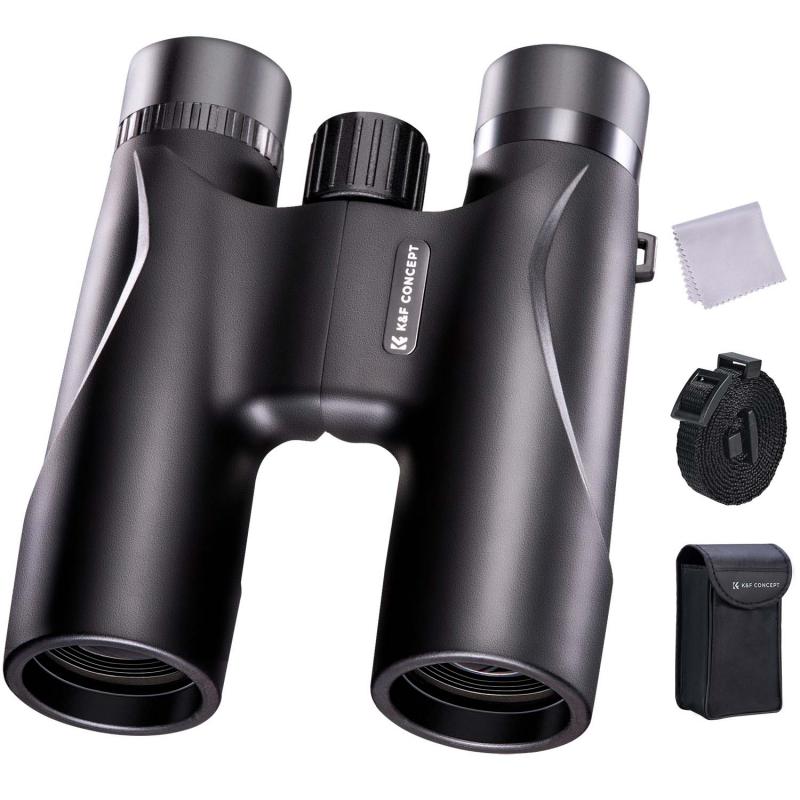
3、 "Exit Pupil Size: Determining Low-Light Performance"
"What are the strongest binoculars you can get?" is a subjective question as the strength of binoculars can vary depending on the specific needs and preferences of the user. However, one important factor to consider when determining the strength of binoculars is the exit pupil size, which plays a crucial role in low-light performance.
Exit pupil size refers to the diameter of the beam of light that exits the eyepiece of the binoculars. It is calculated by dividing the objective lens diameter by the magnification power. A larger exit pupil size allows more light to enter the eye, resulting in brighter images, especially in low-light conditions.
In terms of low-light performance, binoculars with larger exit pupil sizes are generally considered stronger. For example, binoculars with an exit pupil size of 5mm or larger are often recommended for low-light situations such as stargazing or wildlife observation at dawn or dusk. These binoculars can provide brighter and clearer images in challenging lighting conditions.
However, it is important to note that the strength of binoculars is not solely determined by exit pupil size. Other factors such as lens quality, coatings, and overall design also play a significant role in determining the performance and strength of binoculars.
It is worth mentioning that technological advancements have led to the development of binoculars with improved low-light performance. Manufacturers are constantly innovating and introducing new models with enhanced optics, coatings, and image stabilization features to provide users with the best possible viewing experience in low-light conditions.
Ultimately, the "strongest" binoculars will depend on individual preferences, specific use cases, and budget. It is recommended to research and compare different models, read reviews, and consider factors beyond exit pupil size to make an informed decision when selecting binoculars.
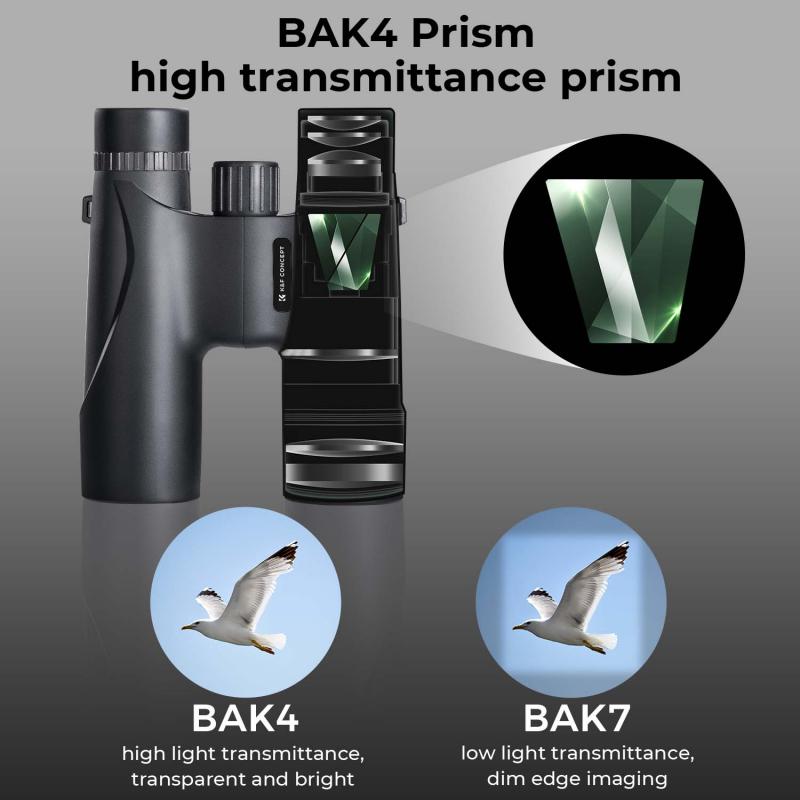
4、 "Field of View: Balancing Wide Scenery and Detail"
The strongest binoculars you can get depend on your specific needs and preferences. However, when it comes to the field of view, it is important to strike a balance between wide scenery and detail. A wider field of view allows you to observe a larger area, making it easier to locate and track objects. On the other hand, a narrower field of view provides more detail and magnification, allowing you to see finer details of distant objects.
Currently, one of the top contenders in the market for binoculars with a wide field of view is the Swarovski EL Range. With a field of view of 411 feet at 1,000 yards, these binoculars offer an impressive panoramic view. They also provide excellent image quality and clarity, making them a popular choice among birdwatchers and nature enthusiasts.
Another option to consider is the Zeiss Victory SF binoculars. These binoculars offer a wide field of view of 444 feet at 1,000 yards, providing an immersive viewing experience. They are known for their exceptional optical performance, delivering sharp and bright images even in low-light conditions.
It is worth noting that technology is constantly evolving, and new models with improved field of view are regularly introduced to the market. Therefore, it is always a good idea to stay updated with the latest releases and read reviews from trusted sources to make an informed decision based on your specific requirements.
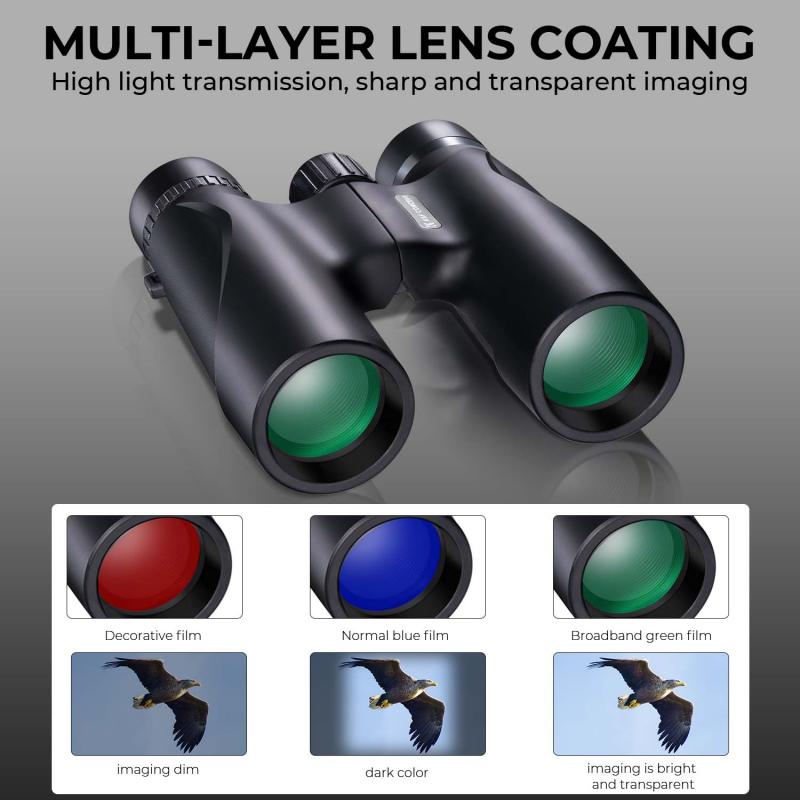













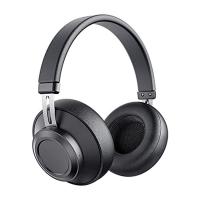
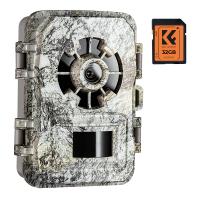
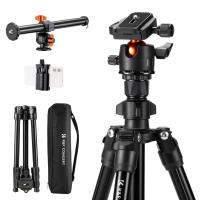
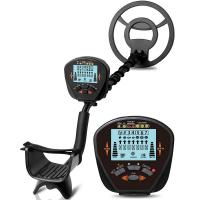


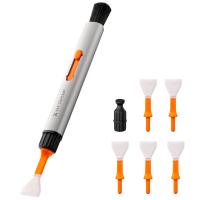
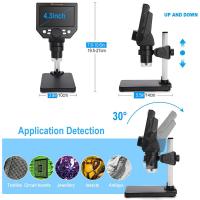
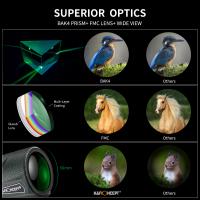

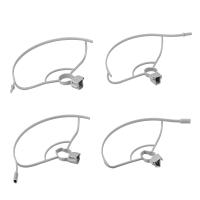
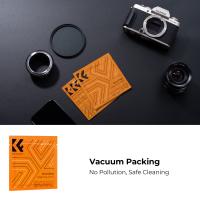
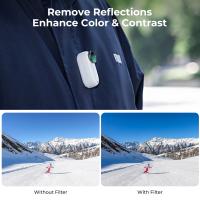
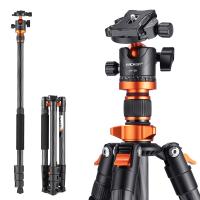
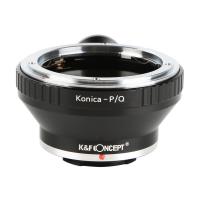
There are no comments for this blog.